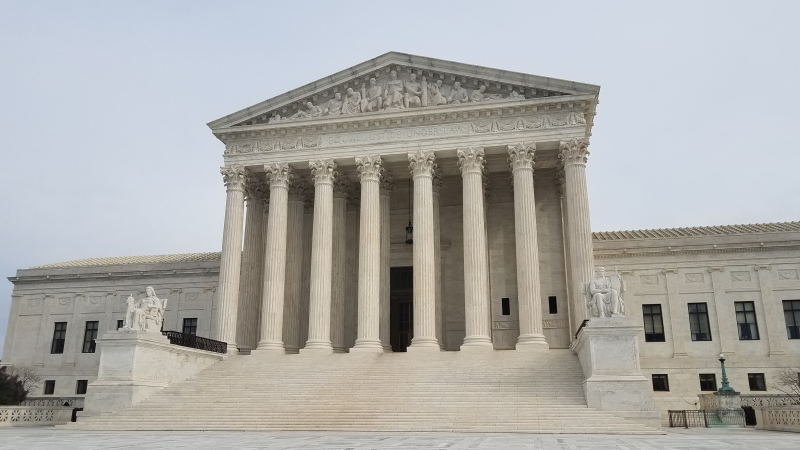Largest cities in US request $5 billion for ‘overwhelming’ immigrant inflow
Biden has already requested $1.4 billion in emergency supplemental funding, but the mayors claim without additional funding they will need to “cut essential city services.”
The mayors of New York City, Los Angeles, Chicago, Houston and Denver — all either known as or explicitly declaring themselves as “sanctuary cities” that minimize cooperation with federal immigration officials — issued a letter requesting to meet with President Joe Biden to ask for $5 billion to fund “overwhelming” migrant inflows.
Biden has already requested $1.4 billion in emergency supplemental funding, but the mayors claim without additional funding they will need to “cut essential city services.”
“To address this crisis without further delay, we are requesting an urgent meeting with you to directly discuss ways we can work with your administration to avoid large numbers of additional asylum seekers being brought to our cities with little to no coordination, support, or resources,” wrote the mayors in their letter.
According to Homeland Security Secretary Alejandro Mayorkas, 600,000 individuals entered the United States in fiscal year 2023 without being intercepted by Customs and Border Patrol, while another 900,000 were intercepted or turned themselves in to enter under humanitarian parole and pursue asylum applications.
The signatories note Denver is spending $2 million per week on migrant shelter, New York City has spent $1.7 billion, and Chicago has spent over $320 million.
New York City, which has faced the brunt of the arrivals, may soon be facing reductions in state funding that offset 30% of migrant-related costs as governor Kathy Hochul seeks to close a $4.3 billion budget shortfall. Chicago faces a budget gap of $538 million, almost half of which is from migrant spending. Denver has reduced guaranteed shelter for migrants to 37 days for families and 14 days for individuals due to further resource strain. Los Angeles, meanwhile, has not faced a similar level of influx because, as the New York Times reports, the city “no longer attracts as many immigrants as it once did” due to the cost of living and other quality-of-life and opportunity challenges.















